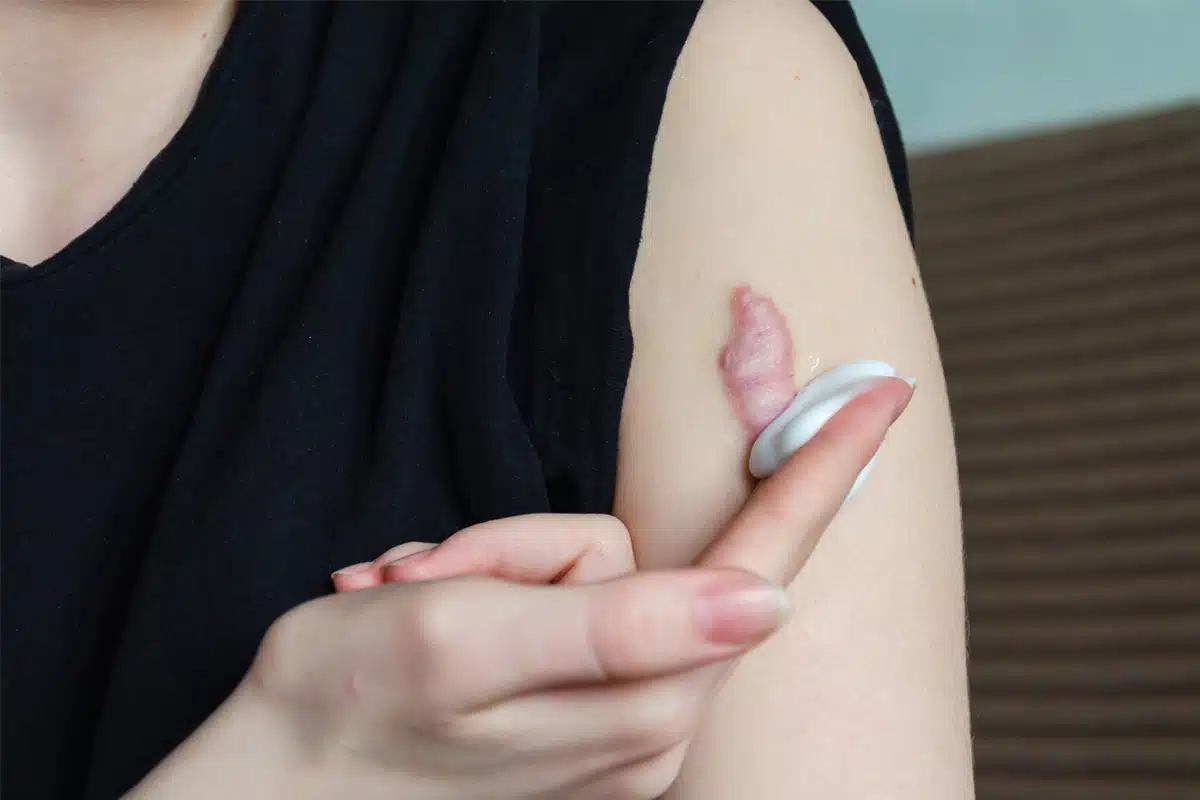What is the Root Cause of Alopecia Areata?

Alopecia areata is an autoimmune disorder that causes hair loss, typically in small, round patches, due to the body’s immune system mistakenly attacking its own hair follicles. While the exact cause of alopecia areata is not fully understood, researchers believe that several factors, including genetic predisposition, immune system dysfunction, and environmental triggers, play a role in the onset of the condition. In this article, we will explore the potential root causes of alopecia areata, how they contribute to hair loss Alopecia Areata Treatment in Dubai.
The Role of the Immune System in Alopecia Areata
Alopecia areata is primarily an autoimmune condition, meaning that the body’s immune system becomes confused and starts attacking healthy cells and tissues. In the case of alopecia areata, the immune system mistakenly targets hair follicles, which are the structures in the skin that produce and grow hair.
Hair follicles are part of the body’s natural regenerative system, but in alopecia areata, the immune system identifies them as foreign invaders. The immune cells, specifically T-cells, attack and destroy the hair follicles, leading to hair loss. This process disrupts the normal hair growth cycle, resulting in patches of hair falling out.
Genetic Factors and Alopecia Areata
Genetic predisposition plays a significant role in the development of alopecia areata. While the exact genes responsible for the condition have not been pinpointed, research suggests that individuals with a family history of alopecia areata or other autoimmune diseases are more likely to develop the disorder.
Several genetic markers have been identified that are associated with an increased risk of alopecia areata. These markers are often found in genes related to immune system regulation, such as the human leukocyte antigen (HLA) gene complex. The presence of these genetic factors makes an individual more susceptible to autoimmune attacks on hair follicles.
It is important to note that not everyone with a genetic predisposition to alopecia areata will develop the condition. Environmental factors also play a critical role in triggering the disorder.
Environmental Triggers and Stress
While genetics are an important factor, environmental triggers are believed to play a key role in the onset of alopecia areata. These triggers can activate the immune system and initiate an autoimmune response that leads to hair loss. Some of the most common environmental factors include:
-
Stress: Emotional and physical stress is considered one of the most significant environmental triggers for alopecia areata. High levels of stress can cause changes in the immune system, which may lead to the onset of the condition. For example, traumatic events such as the death of a loved one, a serious illness, or significant life changes have been associated with the development of alopecia areata.
-
Infections: Viral or bacterial infections can also trigger alopecia areata. Certain infections, such as the Epstein-Barr virus (which causes mononucleosis), have been linked to autoimmune diseases. Infections can prompt the immune system to become overactive, which may result in the attack on hair follicles.
-
Hormonal Changes: Hormonal fluctuations, particularly during pregnancy, puberty, or menopause, may contribute to the development of alopecia areata. Hormonal changes can influence immune system function, and these changes may increase the risk of autoimmune responses affecting hair follicles.
-
Environmental Toxins: Exposure to toxins, pollutants, or chemicals may also be a factor in the development of alopecia areata. Certain environmental factors have been shown to cause inflammation or immune system disruption, which can increase the likelihood of autoimmune conditions, including alopecia areata.
The Connection Between Alopecia Areata and Other Autoimmune Diseases
Alopecia areata often occurs alongside other autoimmune diseases, suggesting that there may be shared genetic and immune system factors at play. Individuals with a family history of autoimmune disorders, such as rheumatoid arthritis, type 1 diabetes, or thyroid disease, are at higher risk for developing alopecia areata.
Autoimmune diseases occur when the body’s immune system mistakenly attacks its own tissues. In the case of alopecia areata, the immune system targets the hair follicles. However, other autoimmune conditions, such as lupus or vitiligo, can result in damage to different tissues in the body. The presence of multiple autoimmune diseases in the same individual may suggest a common underlying mechanism that makes the immune system more prone to attacking its own cells.
The Hair Growth Cycle and How It Is Affected by Alopecia Areata
The hair growth cycle plays a crucial role in understanding how alopecia areata causes hair loss. Hair goes through three distinct phases:
- Anagen (Growth Phase): This is the phase where hair actively grows from the follicle.
- Catagen (Transitional Phase): In this phase, hair growth slows, and the hair follicle begins to shrink.
- Telogen (Resting Phase): The hair stops growing, and the follicle remains inactive until a new hair begins to grow.
In individuals with alopecia areata, the immune system attacks the hair follicles during the anagen (growth) phase. As a result, the hair follicle becomes damaged and enters the catagen (transitional) phase prematurely. The affected hair follicles may then enter the telogen (resting) phase, causing hair to shed or fall out. This process is what leads to the characteristic bald patches seen in alopecia areata.
In some cases, the immune system’s attack on hair follicles is so severe that the follicle is permanently damaged, leading to permanent hair loss. However, in many cases, the hair follicles can recover over time, leading to regrowth in the affected areas.
Other Potential Causes and Risk Factors
While autoimmune dysfunction is the primary cause of alopecia areata, several other factors may contribute to the development or progression of the condition:
-
Age: Alopecia areata can affect people of any age, but it is most commonly seen in young adults and children. The onset of the condition is often between the ages of 20 and 30.
-
Gender: Alopecia areata affects both men and women, but the condition may present differently in each gender. Women are more likely to experience widespread hair loss, while men may experience more localized patches of hair loss.
-
Genetic Mutations: In addition to the HLA gene complex, other genetic mutations may play a role in the development of alopecia areata. These mutations may affect immune system function or hair follicle growth and repair.
Conclusion
The root cause of alopecia areata is believed to be a combination of genetic and environmental factors that trigger an autoimmune response. The immune system mistakenly attacks healthy hair follicles, leading to hair loss. While genetic predisposition plays a significant role in susceptibility, environmental factors, such as stress, infections, and hormonal changes, can activate the immune system and contribute to the onset of the condition.
Understanding the underlying cause of alopecia areata is crucial for developing effective treatments and therapies. While there is no known cure for the condition, ongoing research into the autoimmune mechanisms and potential triggers may lead to more effective treatments and, eventually, a better understanding of how to prevent or manage the condition long-term.




